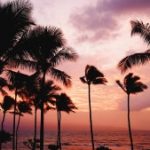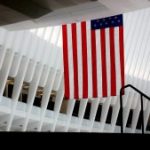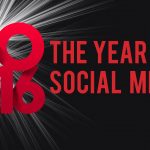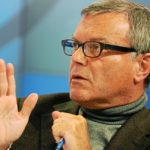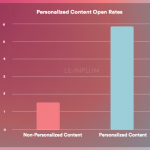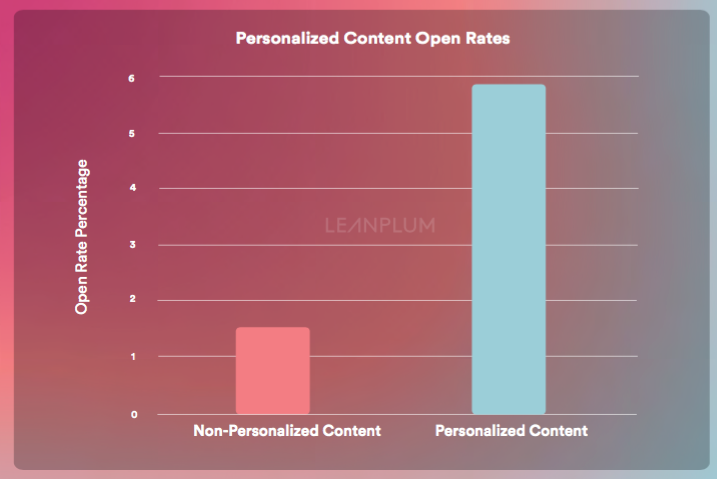Android users open 2x more notifications, but iOS users much faster to open — [Report]
Leanplum attributes these findings largely to the different ways the platforms treat and present push notifications.

A new report on push notifications and personalization from Leanplum finds a huge discrepancy between the behaviors of Android and iOS users. Android sees open rates twice as high as those on iOS, but Apple users open notifications much faster, suggesting they’re potentially more qualified.
Android sees open rates of 3.48 percent for push notifications, while iOS has open rates of 1.77 percent, or approximately half.

The report points out that, overall, iOS users opt in to receive notifications much less often than Android users. Beyond this, it tries explain the discrepancy in open rates as a function of the how each operating system deals with notifications:
On Android, messages “stick” around longer in the lock screen. A user is required to acknowledge the notification in some form, whether opening or dismissing, for it to disappear. Even after users shelve notifications, Android still lets them know they have unread notifications by adding a sticky icon to the top left corner of the home screen.
Conversely on iOS, once a user unlocks their screen to take any action, the message moves straight to the notification tray. It is then only accessible if a user drags the tray down from the top bar. The ephemeral nature of iOS push notifications may play a large role in the vast open rate differences.
In terms of open speed, Leanplum says its data show the the median (middle) time to open for Android users is 48 minutes. For iOS users, the median time is seven minutes. The company again attributes this, at least in part, to design differences.

The report also speculates, “Perhaps iOS users are trained to act with more immediacy, knowing how quickly pushes will be moved into the hard-to-find notifications tray.” It’s also possible that because iOS users tend to be more consciously selective about notifications, they are more qualified as an audience and more receptive to the notifications they do accept.
The remainder of the report is devoted to personalization.
As the graphic below indicates, personalized notifications see much better open rates than generic notifications. Leanplum explains that personalization can be very basic or deeper and more contextual: it can “factor in small details, such as the receiver’s first name . . . event parameter, action item, language, lifecycle, real-time location, and more.”

An earlier survey-based report from SessionM found significant resistance to “generic” notifications among consumers. In that report, 62 percent of respondents said they never wanted to receive push notifications or wanted them less than once per month — even from their “favorite brands.”
Brands and marketers often think about mobile experiences and notifications largely or exclusively in terms of their marketing objectives. This approach almost guarantees consumer resistance and failure. But when publishers and developers deliver real value or utility, their efforts are more likely to be well-received by mobile users.
Marketing Land – Internet Marketing News, Strategies & Tips
(21)

![Android users open 2x more notifications, but iOS users much faster to open — [Report]](https://www.devicedaily.com/wp-content/uploads/2016/05/Screen-Shot-2016-05-27-at-7.01.13-AM-520x347.png)

